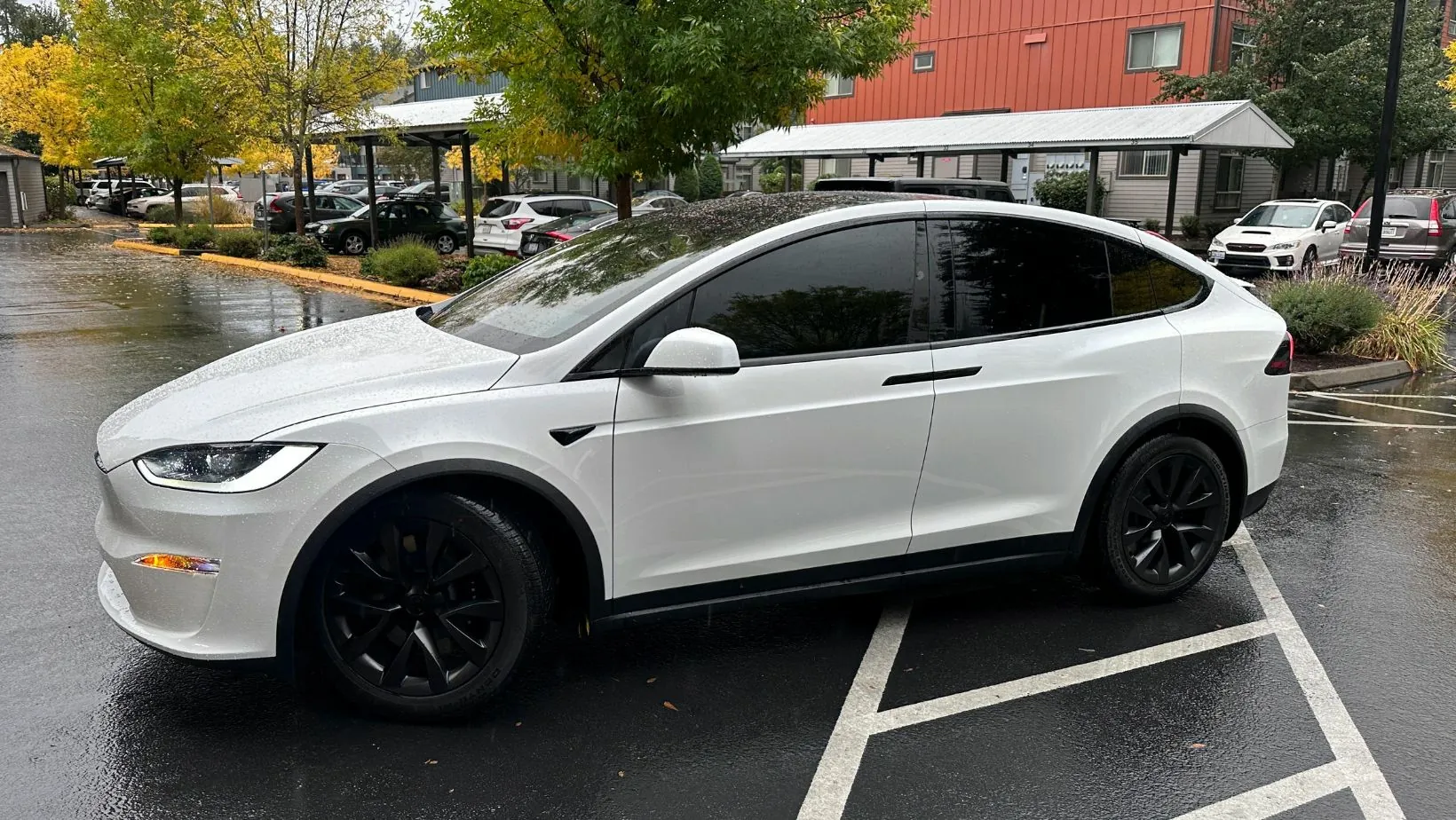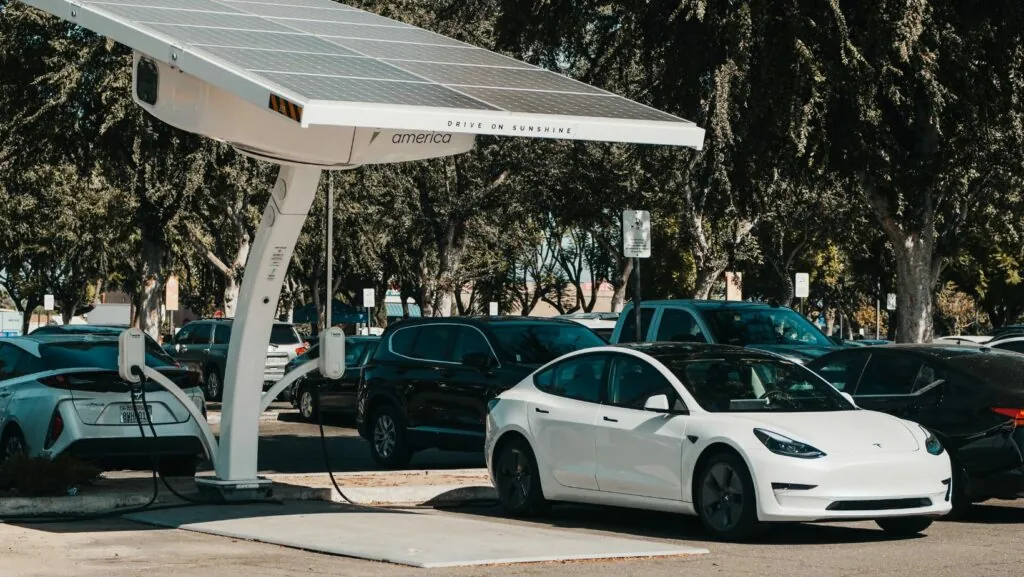Walk into a modern garage and the signs of change are everywhere. A hybrid hums quietly on the lift. A technician is balancing a ratchet in one hand and a diagnostic tablet in the other. A charging cable stretched across the floor where an oil drip pan once sat. None of this is the same repair bay you grew up in; it’s a new era.
Repair labor isn’t vanishing, but it is transforming. The tasks that once defined a shop’s workflow, such as:
- Oil changes
- Spark plug replacements
- Timing belts
All of these things are no longer the only benchmarks. Today’s jobs are just as likely to involve troubleshooting a battery cooling system, recalibrating sensors, or updating a car’s onboard software.
For shop owners, this shift is more than a change in tools; it’s a change in economics. Labor hours can no longer be predicted with the same old playbook. Some jobs are shrinking or disappearing altogether, while others are growing in scope, complexity, and value. That means the way you calculate, price, and communicate labor must evolve with it.
This is the moment of truth for the industry. Electric vehicles and hybrids are no longer a Hollywood concept. They are the future, and they’re already parked in your bays. And the shops that understand how repair labor is being redefined will find themselves ahead of the curve, ready to serve a market that expects more precision, more transparency, and more expertise than ever before.
Table of Contents
ToggleA New Skill Set for a New Era
Technicians who once specialized in engines are now being asked to master high-voltage systems and digital diagnostics.
The wrench remains important, but now it’s paired with a laptop and diagnostic scanner. Labor times that once seemed predictable, like swapping an alternator or replacing a timing belt, are being replaced with tasks that involve interpreting error codes or recalibrating sensors.
This isn’t about mechanics becoming IT specialists. It’s about recognizing that repair labor today is a hybrid of hands-on expertise and digital fluency. Shops that fail to adapt risk being left behind, not because they lack skilled technicians, but because their definition of skill hasn’t evolved.
Labor Costs Don’t Disappear; They Transform
A common misconception is that EVs and hybrids will destroy labor demand. The truth is more nuanced. While some routine maintenance categories shrink, others expand.
EVs require proper maintenance. They still need suspension work, tires, alignments, and cabin air filters. Their battery cooling systems require monitoring. Their software requires updates and troubleshooting. Hybrids, meanwhile, straddle both worlds, combining traditional combustion systems with electric components that add complexity, not simplicity.
The real question for shop owners isn’t whether there will be labor. It’s how that labor will be calculated, priced, and communicated to customers in a way that reflects this new reality.
Why Transparency Matters More Than Ever
In the past, customers might have begrudgingly accepted a $600 bill for work they didn’t fully understand. But today’s drivers are more informed and skeptical. They want clear, transparent explanations of what’s being done and why. If they don’t get that from you, they’ll find a competitor who delivers.
This is where technology becomes indispensable. Relying on guesswork or outdated manuals to estimate jobs is no longer enough. Shops need digital tools that can:
- Account for modern complexities
- Provide accurate labor times
- Build trust with customers

For example, adopting auto repair labor guide software allows shops to generate smarter estimates based on up-to-date repair data. Instead of leaving a technician to guess how long an EV battery coolant flush will take, or how much labor is needed to diagnose a hybrid charging fault, the software provides reliable benchmarks.
This not only ensures profitability but also shows customers that your pricing isn’t arbitrary, it’s backed by data. In a market where trust is currency, that’s an edge you can’t afford to ignore.
Training and Tools Go Hand in Hand
Shops investing in updated labor systems also need to consider technician training. Sending a mechanic into a high-voltage EV system without proper preparation is dangerous. As the vehicles change, so must the safety protocols, certifications, and learning paths for your staff.
Forward-thinking shops are already partnering with training providers, OEMs, and industry organizations to stay ahead. But pairing that training with modern labor management software ensures that the knowledge gained translates into accurate, profitable work at the bay.
The Shops That Win Tomorrow Start Today
The old definition of repair work, greasy hands and predictable maintenance, was never meant to last forever. Today, labor is smarter, more technical, and more customer-facing than ever before.
Shops that embrace this shift with the right tools and training will thrive. Those that don’t will find themselves trapped in outdated workflows, mispricing jobs, and losing trust with customers who demand more clarity.
EVs and hybrids aren’t a threat to labor. They’re an invitation to redefine it. For shop owners, the choice is simple: adapt now, invest in transparency and smarter systems, and position your business as the repair destination of the future.
Because in this new era, it’s not about doing less labor. It’s about doing the right kind of labor and proving its value every step of the way.




